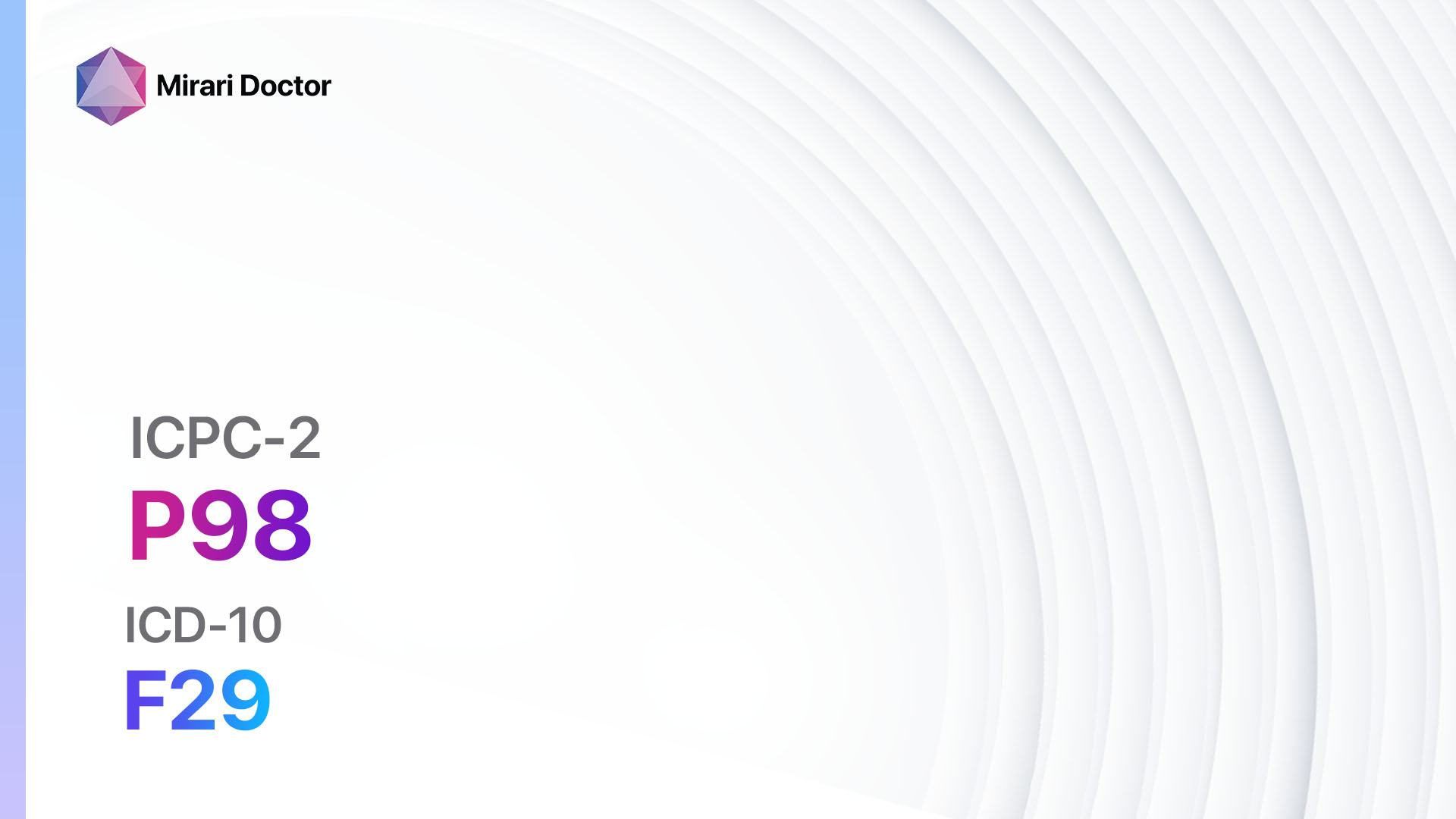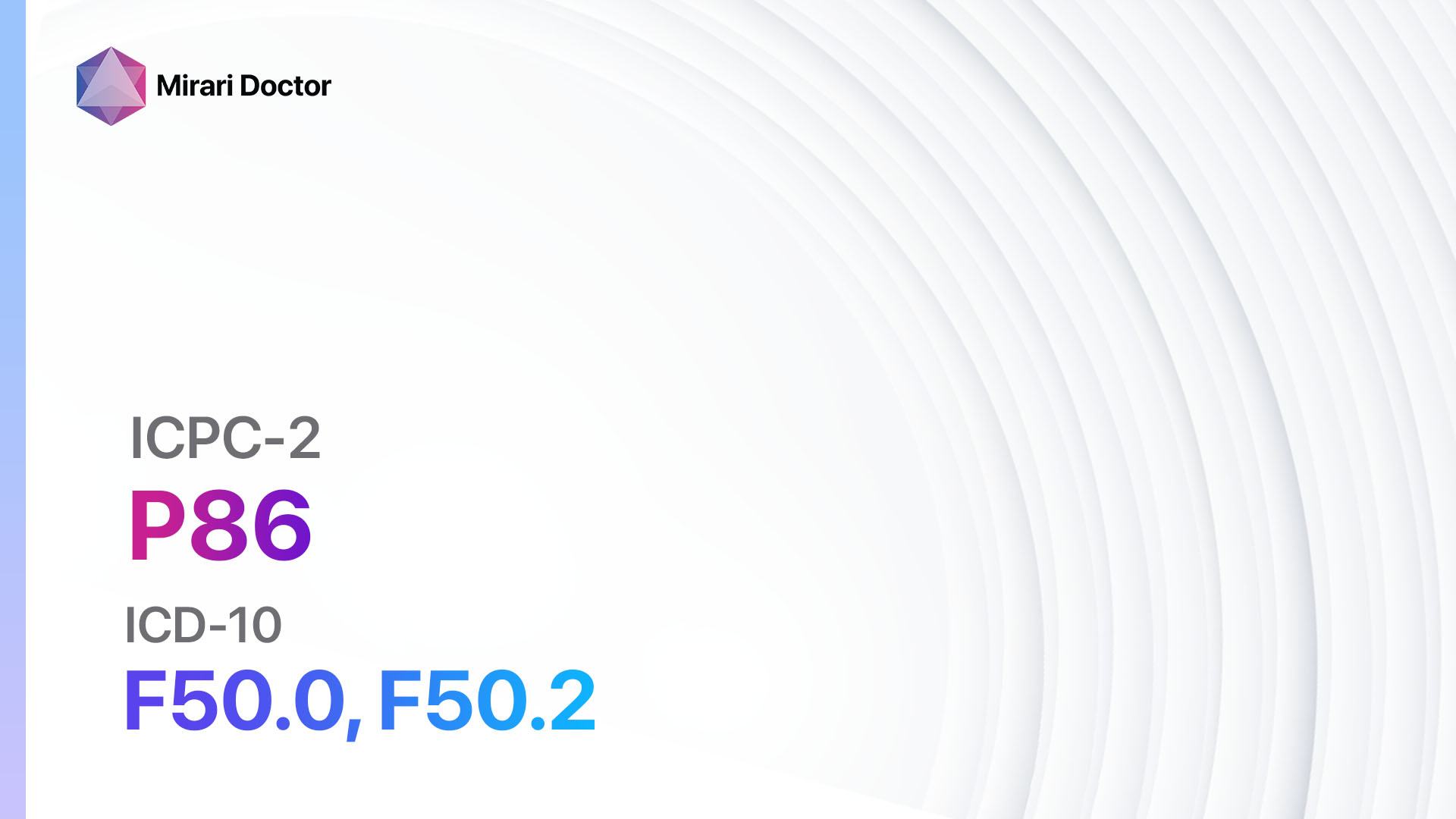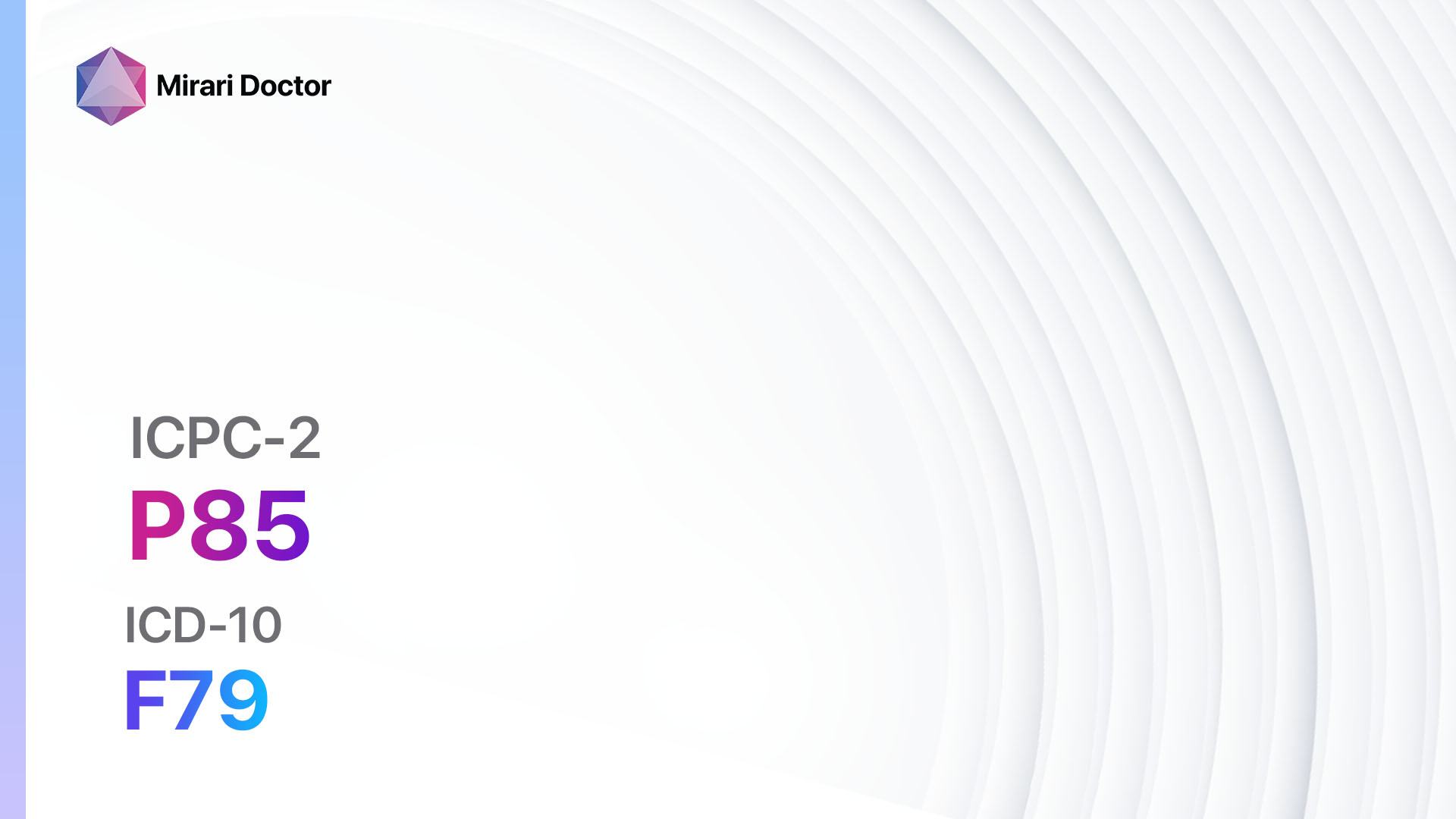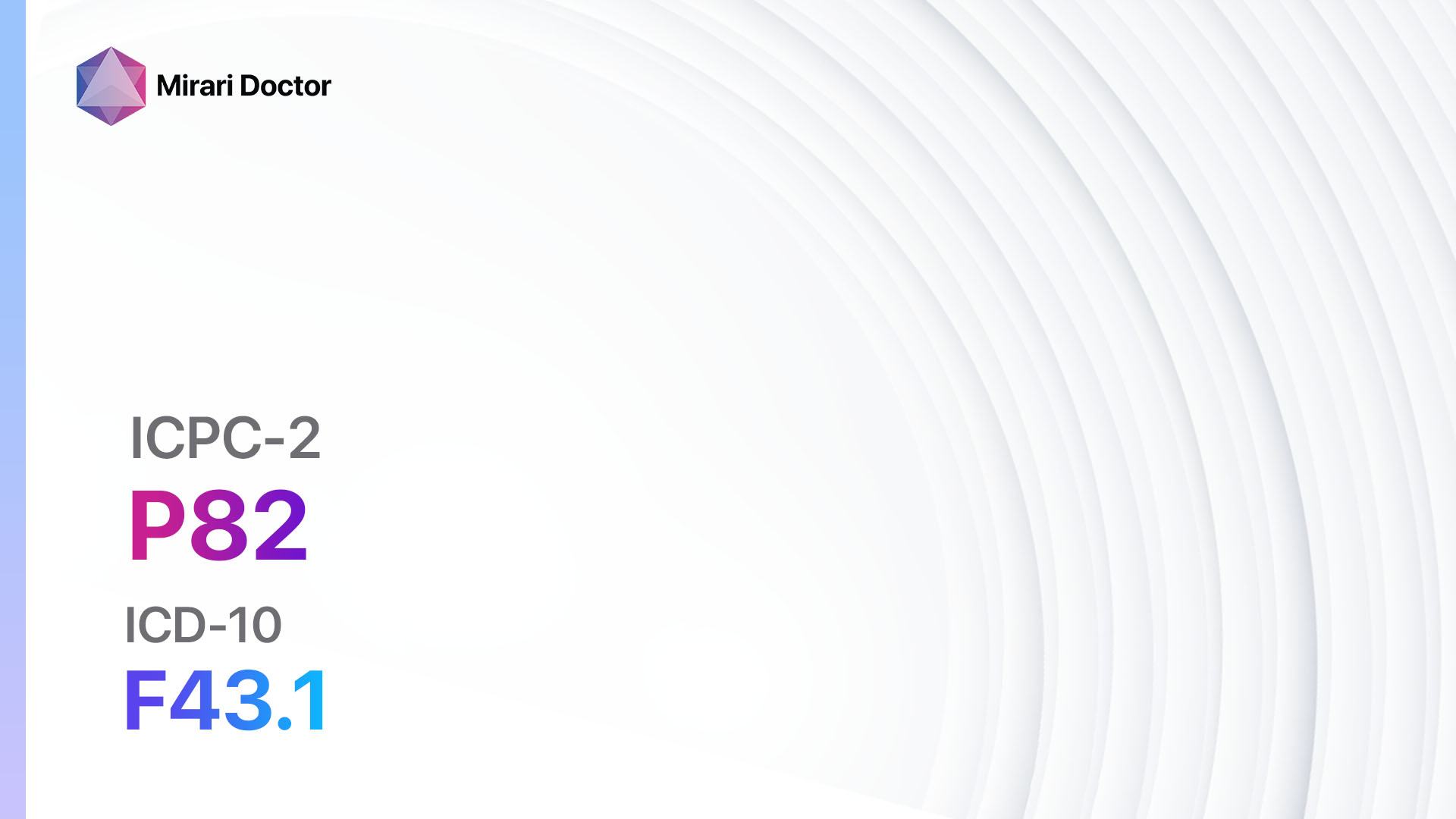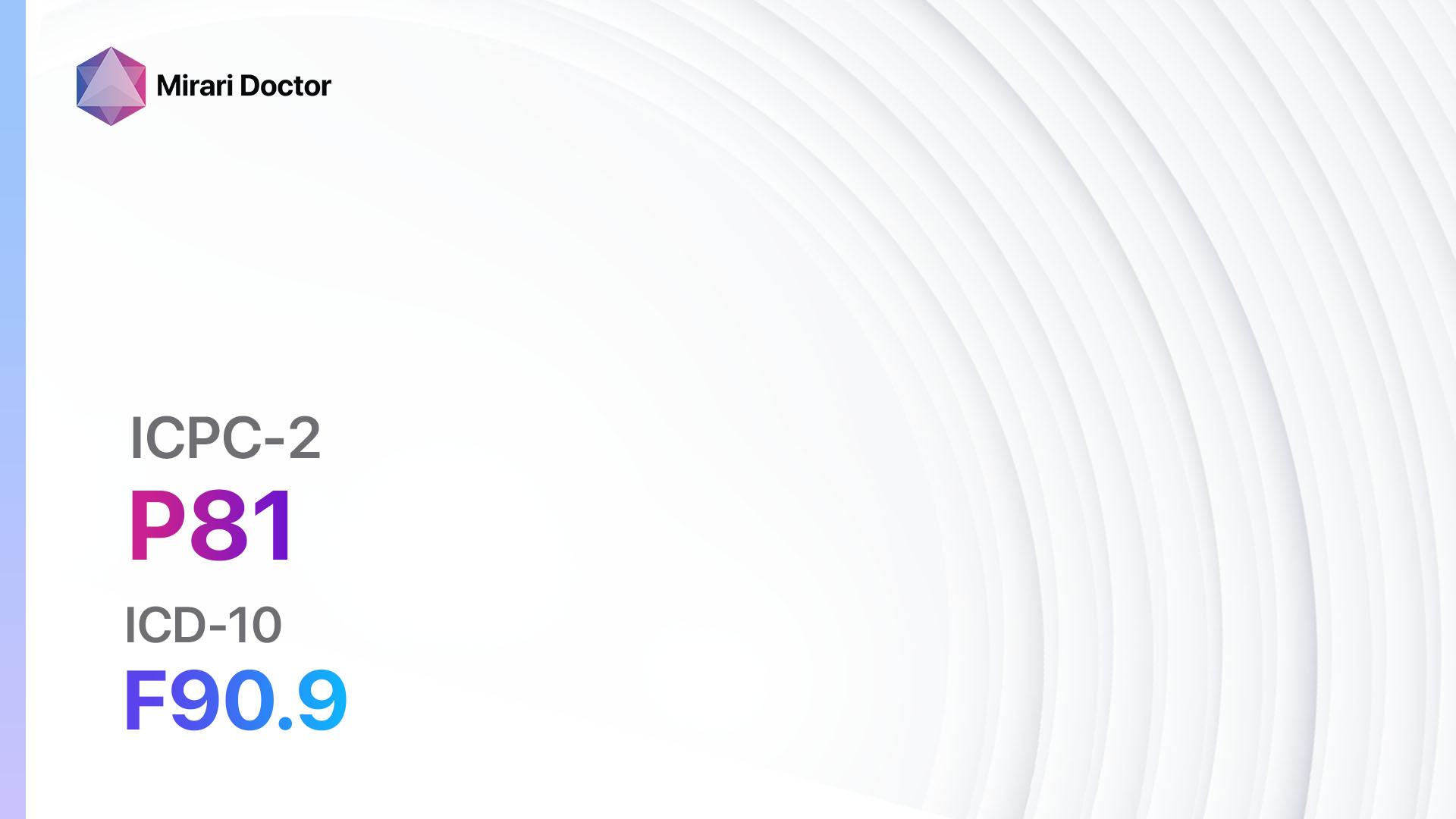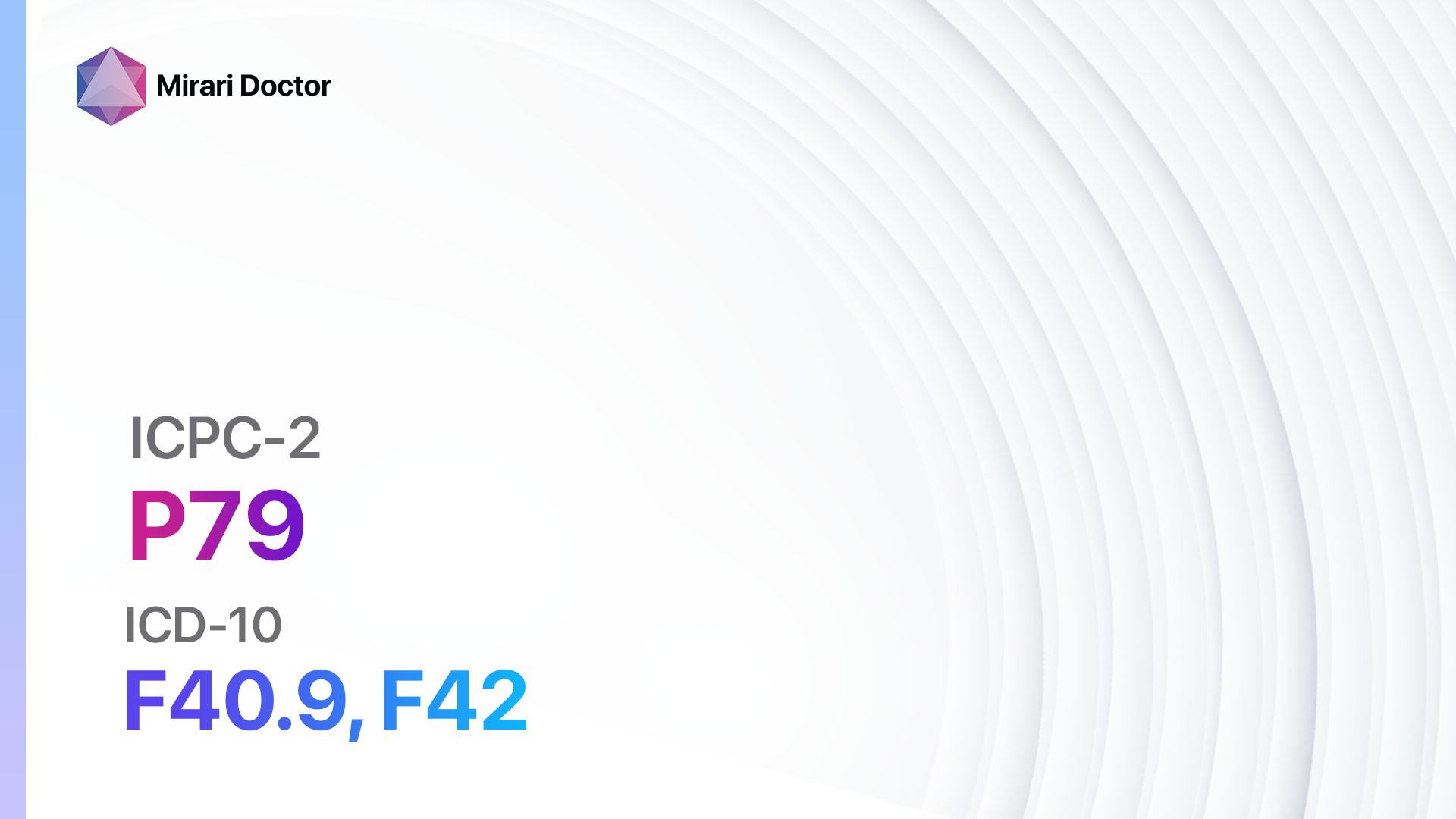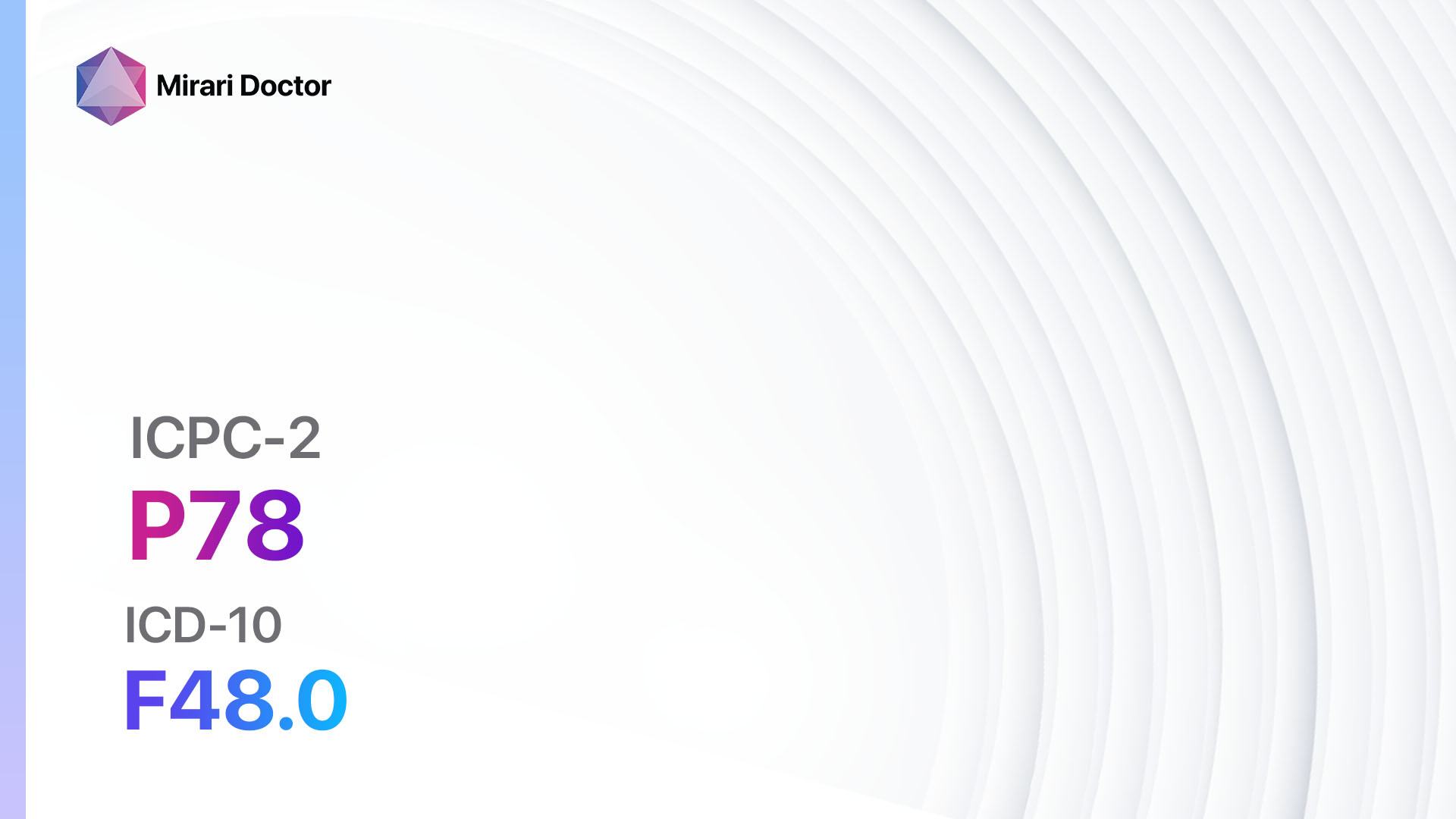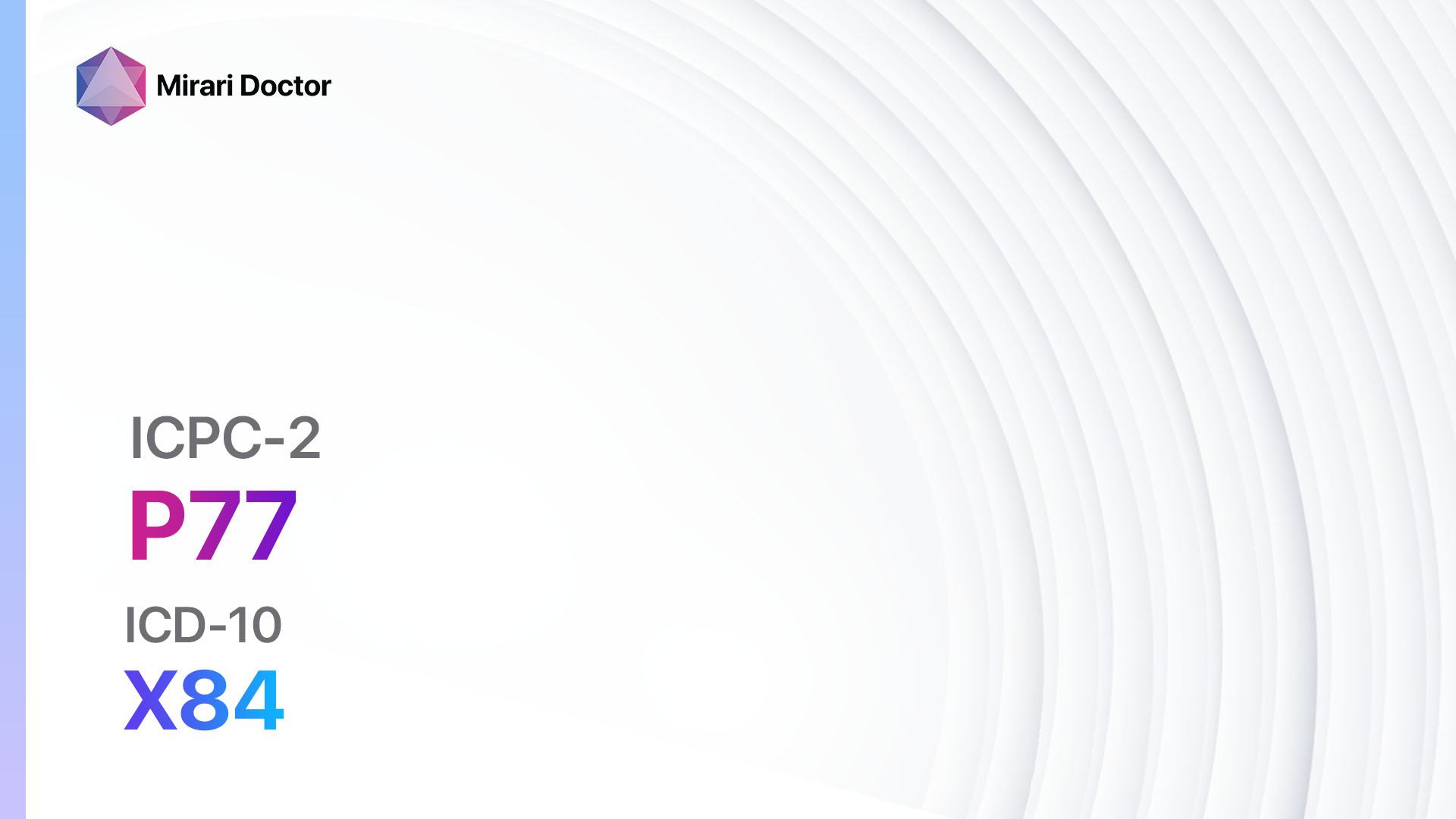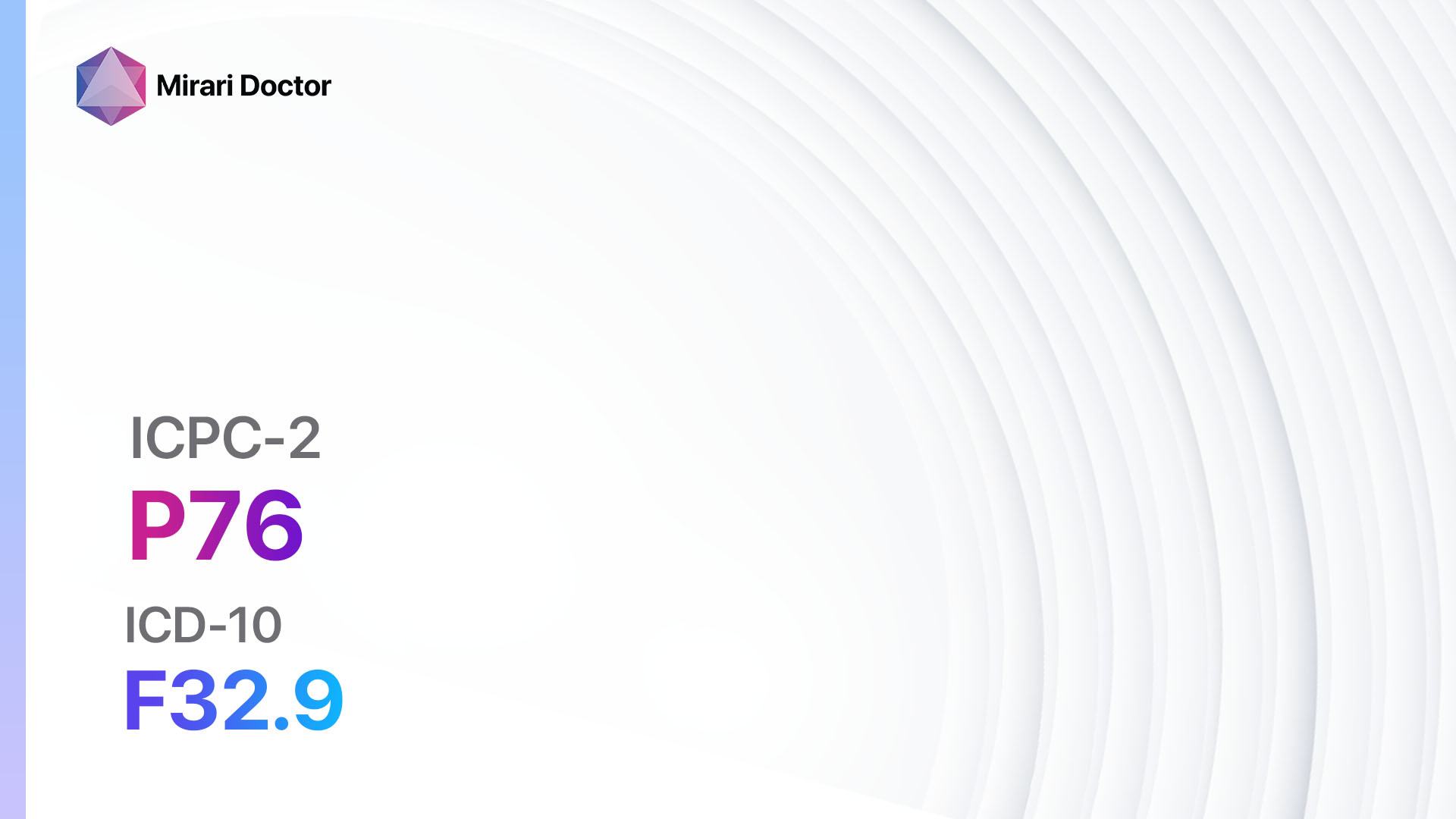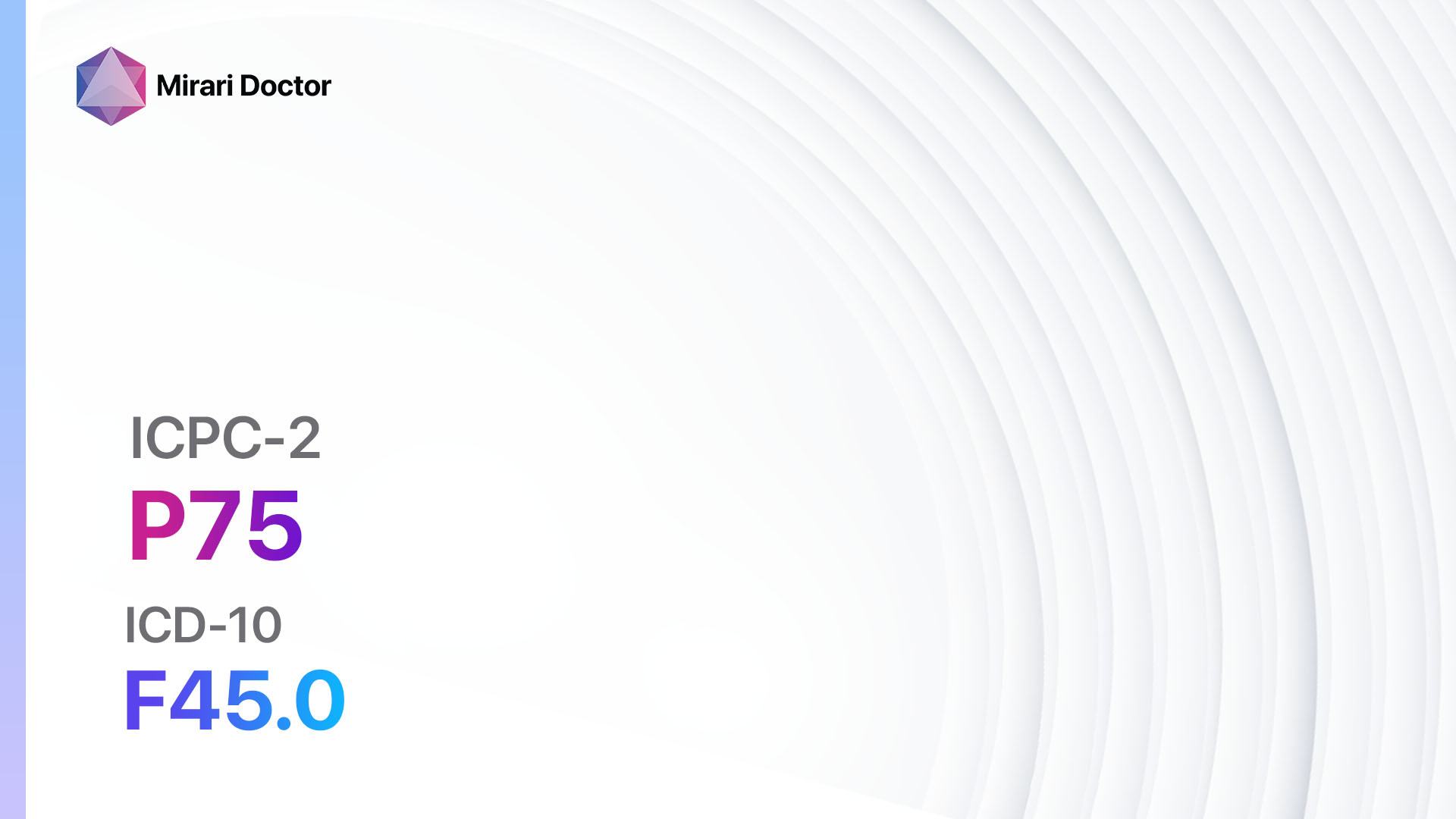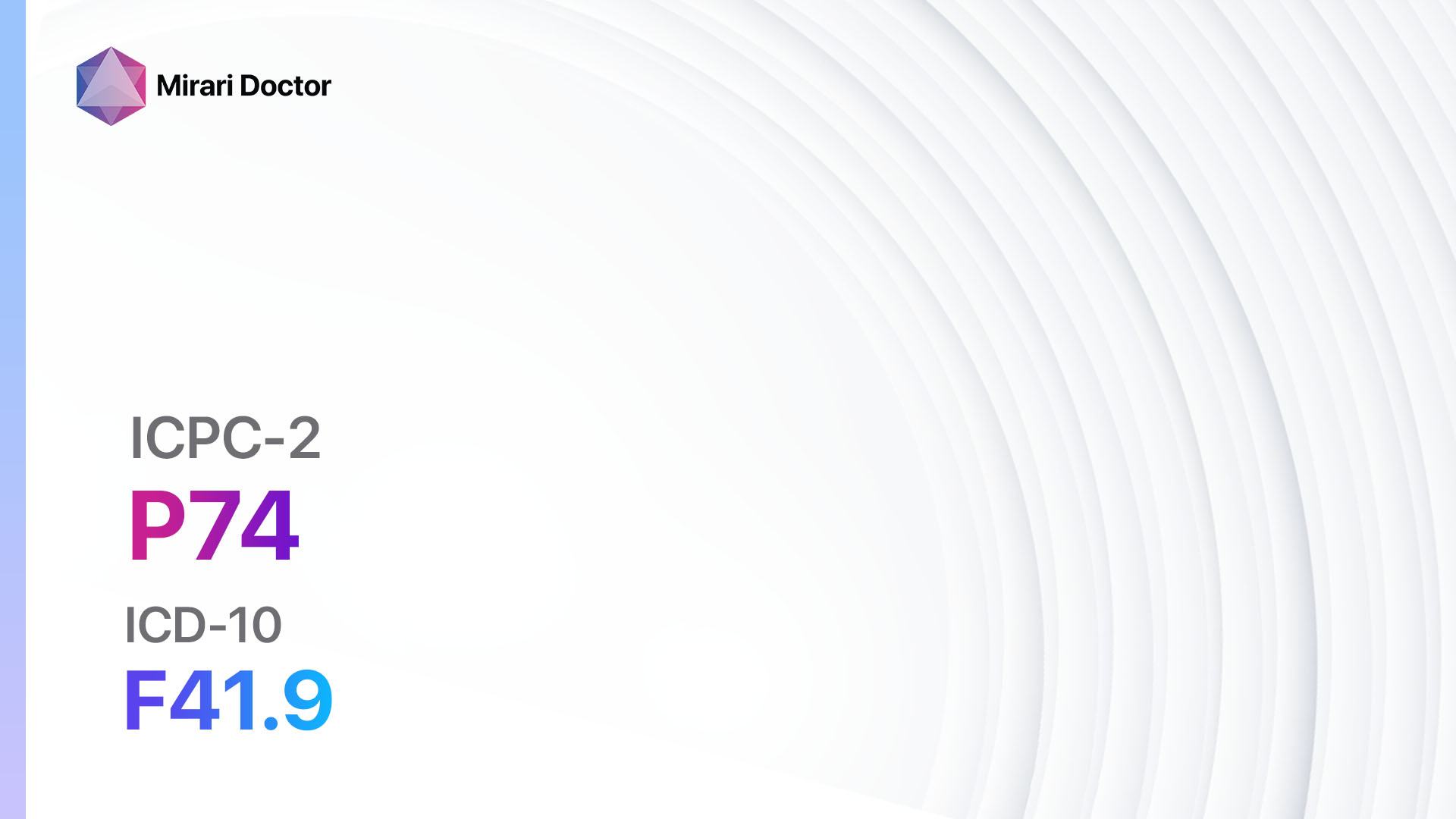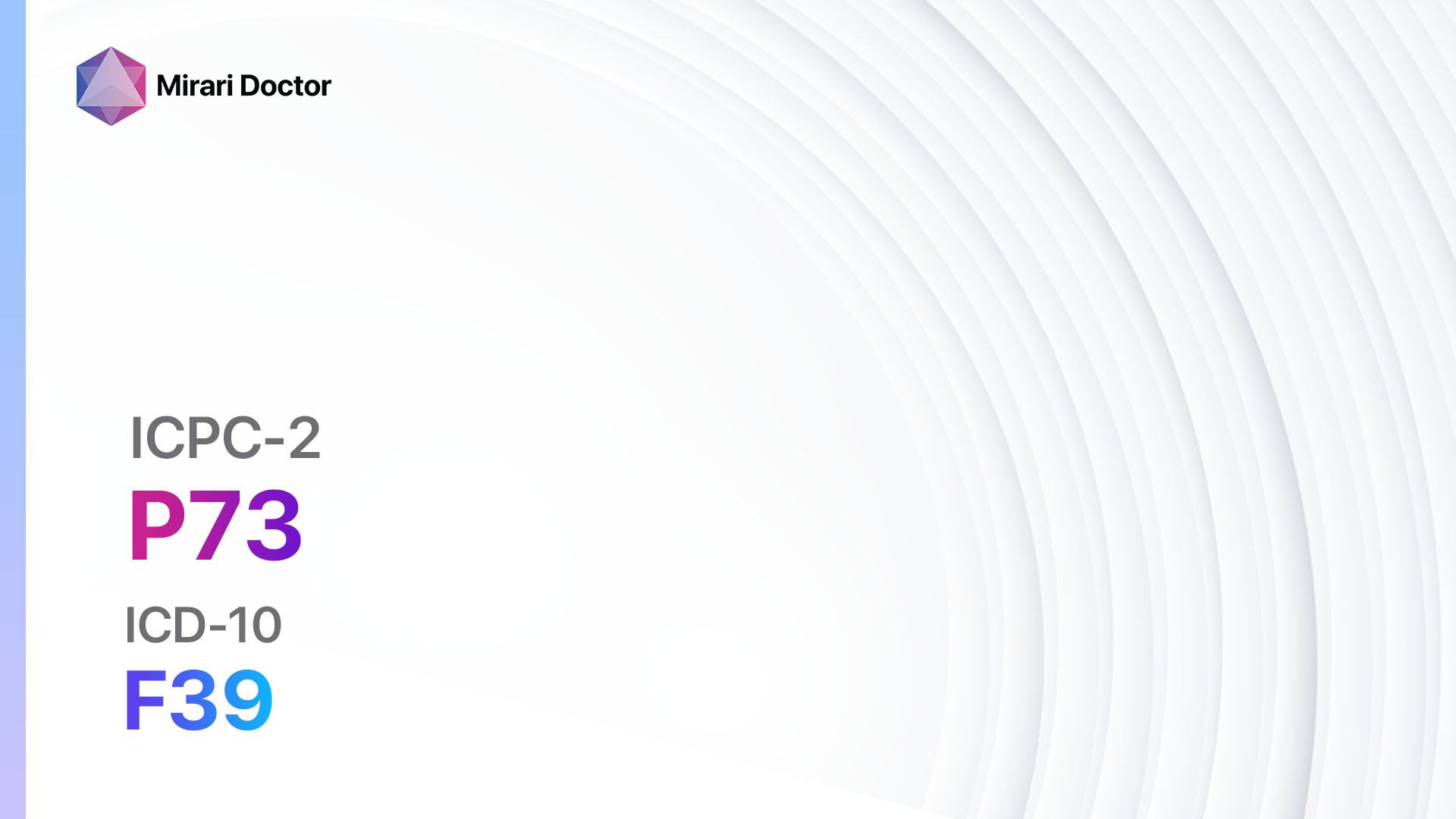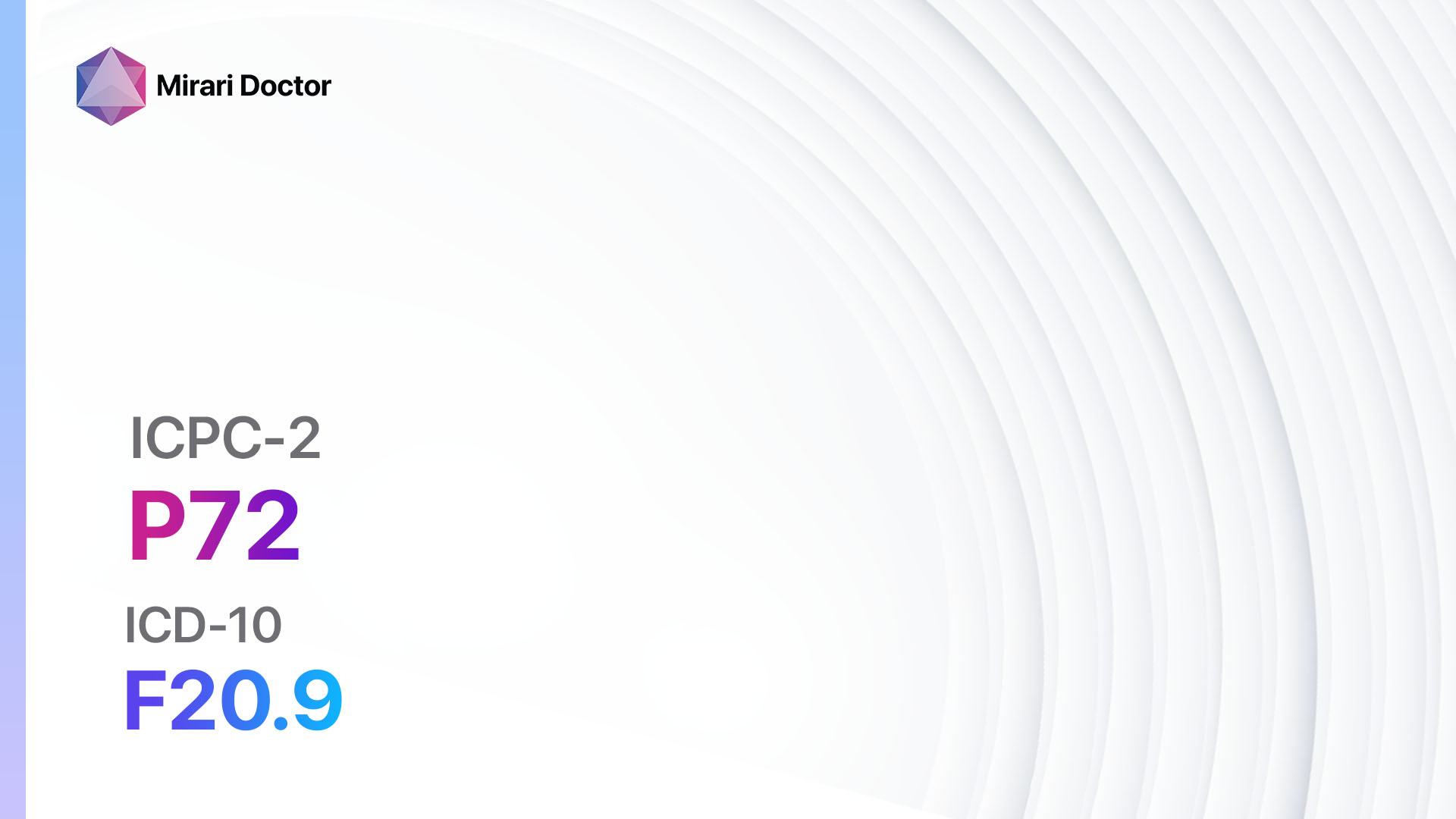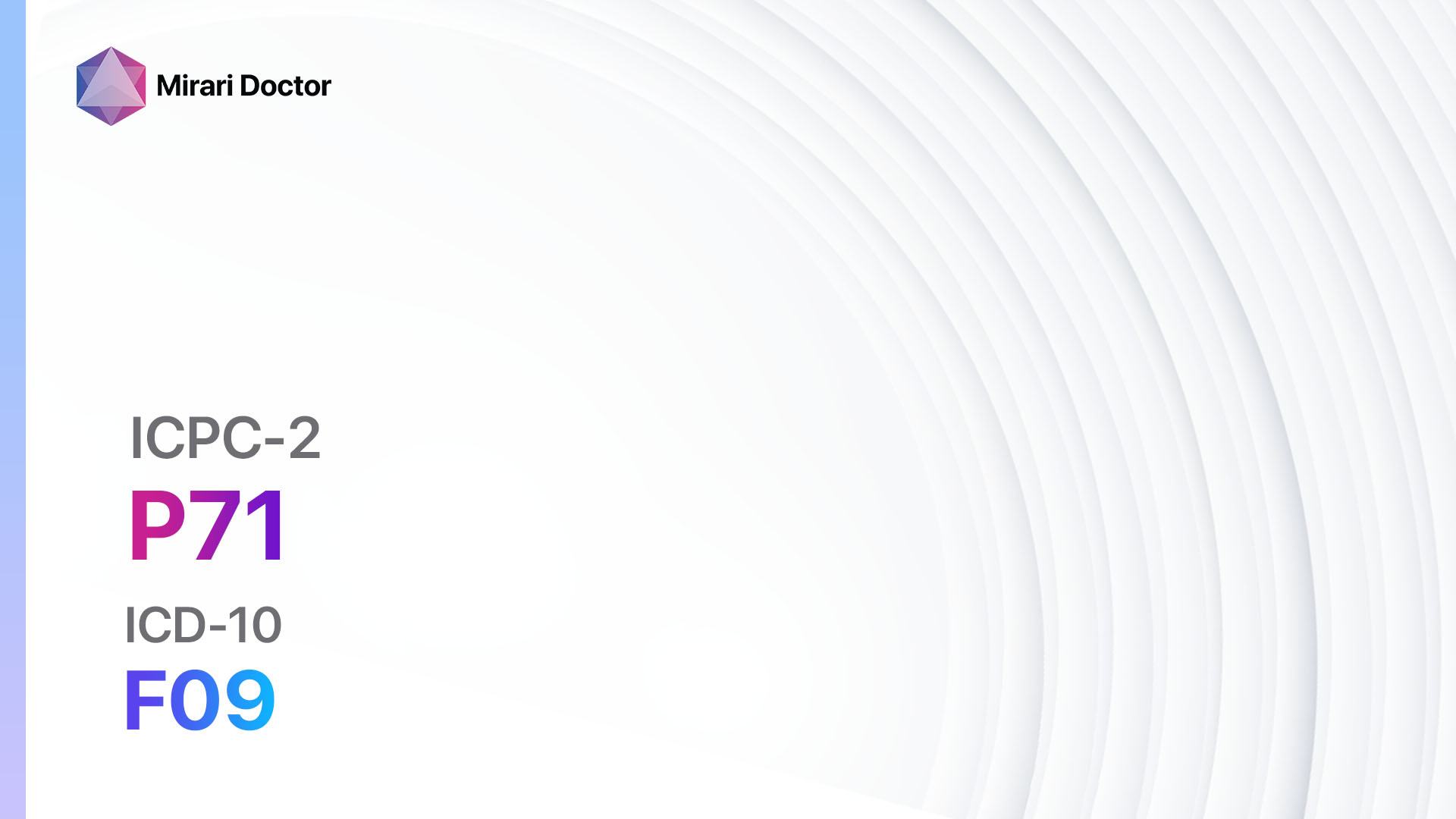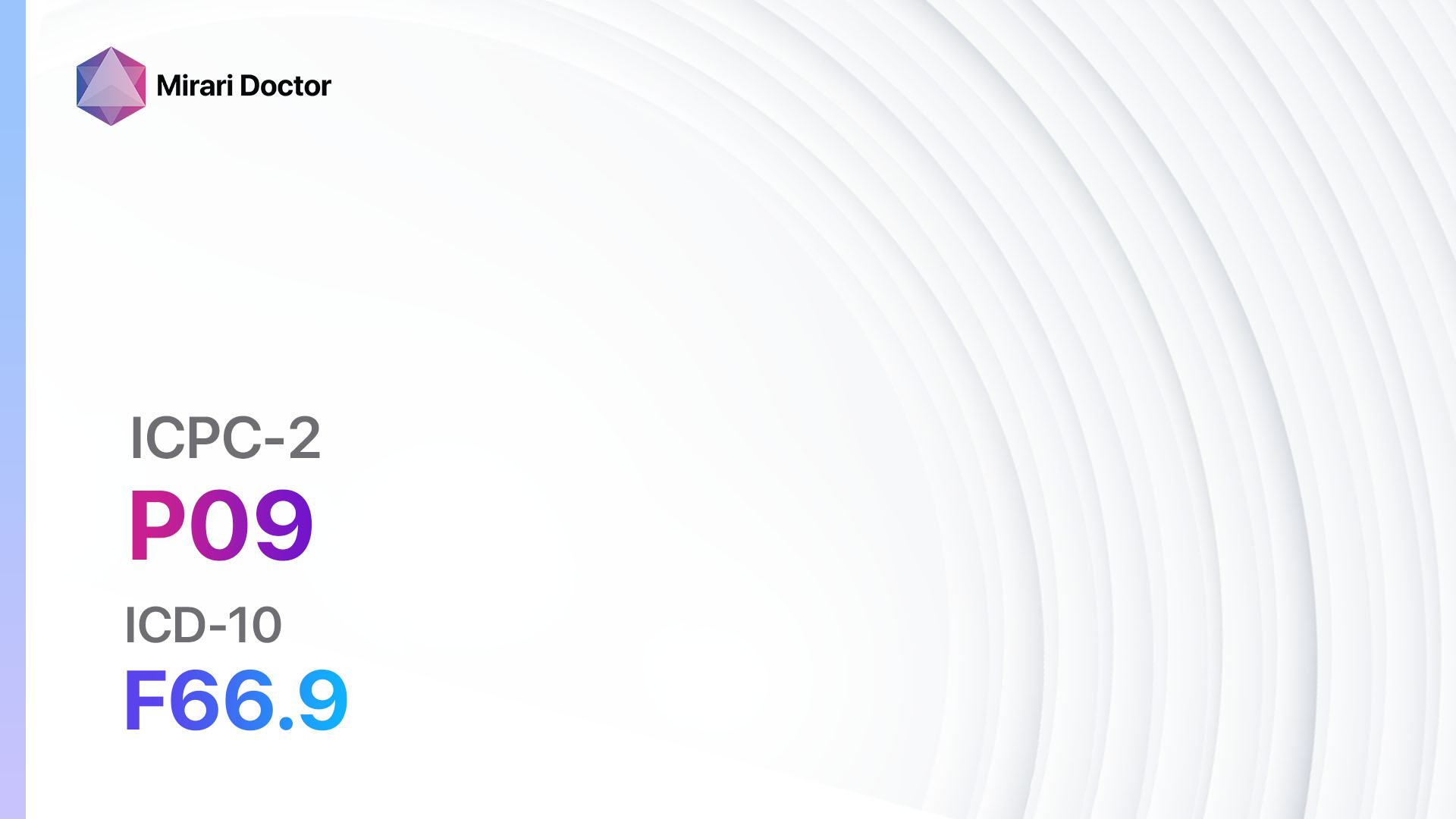
Introduction
Sexual preference concern refers to an individual’s distress or uncertainty about their sexual orientation or preferences. It is a significant issue as it can cause emotional distress, affect relationships, and impact overall well-being. The aim of this guide is to provide a comprehensive approach to diagnosing and managing sexual preference concerns.
Codes
- ICPC-2 Code: P09 Sexual preference concern[1]
- ICD-10 Code: F66.9 Disorder of sexual preference, unspecified[2]
Symptoms
- Questioning or uncertainty about sexual orientation[3]
- Distress or anxiety related to sexual preferences
- Confusion or conflict regarding sexual attractions
- Changes in sexual behavior or interests
Causes
- Biological factors: Genetic and hormonal influences on sexual orientation[4]
- Psychological factors: Childhood experiences, socialization, and personal beliefs
- Environmental factors: Cultural and societal influences on sexual preferences[5]
Diagnostic Steps
Medical History
- Gather information about the patient’s sexual history and experiences
- Assess for any past or current mental health conditions
- Explore any traumatic experiences or significant life events related to sexuality
- Identify any cultural or religious beliefs that may impact the patient’s perception of their sexual preferences[6]
Physical Examination
- Conduct a general physical examination to rule out any underlying medical conditions that may be contributing to the patient’s concerns
- Assess for signs of distress or anxiety during the examination
Laboratory Tests
- No specific laboratory tests are required for diagnosing sexual preference concerns[7]
Diagnostic Imaging
- No diagnostic imaging is necessary for diagnosing sexual preference concerns
Other Tests
- No other specific tests are required for diagnosing sexual preference concerns
Follow-up and Patient Education
- Provide ongoing support and counseling to address the patient’s concerns and help them navigate their sexual preferences[8]
- Offer resources and referrals to support groups or LGBTQ+ organizations for additional support[9]
- Encourage open communication and provide a safe space for the patient to discuss their feelings and experiences[10]
Possible Interventions
Traditional Interventions
Medications:
There are no specific medications for treating sexual preference concerns. However, if the patient is experiencing distress or anxiety related to their sexual preferences, they may benefit from medications commonly used to manage anxiety or depression. It is important to consult with a mental health professional to determine the most appropriate medication and dosage for the individual patient.
Therapy:
- Individual therapy: Cognitive-behavioral therapy (CBT) or psychodynamic therapy can help individuals explore and understand their sexual preferences, reduce distress, and improve overall well-being.
- Group therapy: Support groups or group therapy sessions with individuals who have similar experiences can provide a sense of community and validation for the patient.
- Couples therapy: If the patient is in a relationship, couples therapy can help improve communication, understanding, and acceptance of each other’s sexual preferences.
Alternative Interventions
- Support groups: Joining support groups specifically for individuals questioning their sexual preferences can provide a safe and supportive environment for sharing experiences and gaining insights.
- Online resources: Online forums, websites, and chat groups dedicated to sexual orientation and preference concerns can offer information, support, and a sense of community.
- Mindfulness and meditation: Practicing mindfulness and meditation techniques can help individuals develop self-acceptance, reduce anxiety, and improve overall well-being.
- Yoga or exercise: Engaging in physical activities like yoga or exercise can help reduce stress, improve mood, and promote a positive body image.
- Journaling: Encouraging patients to keep a journal to explore their thoughts, feelings, and experiences related to their sexual preferences can provide insight and promote self-reflection.
Lifestyle Interventions
- Education and self-exploration: Encourage patients to educate themselves about different sexual orientations and preferences to gain a better understanding of their own experiences. Self-reflection and exploration can also help individuals gain clarity about their sexual preferences.
- Open communication: Encourage patients to have open and honest conversations with trusted friends, family members, or partners about their sexual preferences. This can help reduce feelings of isolation and provide support.
- LGBTQ+ community involvement: Encourage patients to get involved in LGBTQ+ community events, organizations, or support groups to connect with others who have similar experiences and find a sense of belonging.
- Self-care: Promote self-care activities such as practicing good sleep hygiene, maintaining a healthy diet, engaging in hobbies, and seeking activities that bring joy and relaxation.
- Professional counseling: Referring patients to mental health professionals who specialize in LGBTQ+ issues can provide additional support and guidance in navigating sexual preference concerns.
It is important to note that the effectiveness and cost of alternative and lifestyle interventions may vary depending on the individual and their specific needs. It is recommended to consult with a healthcare professional to determine the most appropriate interventions for each patient.
Please consult with a healthcare professional or mental health specialist for a personalized evaluation and treatment plan for sexual preference concerns.
Mirari Cold Plasma Alternative Intervention
Understanding Mirari Cold Plasma
- Safe and Non-Invasive Treatment: Mirari Cold Plasma is a safe and non-invasive treatment option for various skin conditions. It does not require incisions, minimizing the risk of scarring, bleeding, or tissue damage.
- Efficient Extraction of Foreign Bodies: Mirari Cold Plasma facilitates the removal of foreign bodies from the skin by degrading and dissociating organic matter, allowing easier access and extraction.
- Pain Reduction and Comfort: Mirari Cold Plasma has a local analgesic effect, providing pain relief during the treatment, making it more comfortable for the patient.
- Reduced Risk of Infection: Mirari Cold Plasma has antimicrobial properties, effectively killing bacteria and reducing the risk of infection.
- Accelerated Healing and Minimal Scarring: Mirari Cold Plasma stimulates wound healing and tissue regeneration, reducing healing time and minimizing the formation of scars.
Mirari Cold Plasma Prescription
Video instructions for using Mirari Cold Plasma Device – P09 Sexual preference concern (ICD-10:F66.9)
| Mild | Moderate | Severe |
| Mode setting: 8 (Insomnia) Location: 7 (Neuro system & ENT) Morning: 15 minutes, Evening: 15 minutes | Mode setting: 8 (Insomnia) Location: 7 (Neuro system & ENT) Morning: 30 minutes, Lunch: 30 minutes, Evening: 30 minutes | Mode setting: 8 (Insomnia) Location: 7 (Neuro system & ENT) Morning: 30 minutes, Lunch: 30 minutes, Evening: 30 minutes |
| Mode setting: 5 (Prostatitis Therapy) Location: 2 (Prostate & Uterus) Morning: 15 minutes, Evening: 15 minutes | Mode setting: 5 (Prostatitis Therapy) Location: 2 (Prostate & Uterus) Morning: 30 minutes, Lunch: 30 minutes, Evening: 30 minutes | Mode setting: 5 (Prostatitis Therapy) Location: 2 (Prostate & Uterus) Morning: 30 minutes, Lunch: 30 minutes, Evening: 30 minutes |
| Mode setting: 7 (Immunotherapy) Location: 1 (Sacrum) Morning: 15 minutes, Evening: 15 minutes | Mode setting: 7 (Immunotherapy) Location: 1 (Sacrum) Morning: 30 minutes, Lunch: 30 minutes, Evening: 30 minutes | Mode setting: 7 (Immunotherapy) Location: 1 (Sacrum) Morning: 30 minutes, Lunch: 30 minutes, Evening: 30 minutes |
| Total Morning: 45 minutes approx. $7.50 USD, Evening: 45 minutes approx. $7.50 USD | Total Morning: 90 minutes approx. $15 USD, Lunch: 90 minutes approx. $15 USD, Evening: 90 minutes approx. $15 USD | Total Morning: 90 minutes approx. $15 USD, Lunch: 90 minutes approx. $15 USD, Evening: 90 minutes approx. $15 USD |
| Usual treatment for 7-60 days approx. $105USD – $900 USD | Usual treatment for 6-8 weeks approx. $1,890USD – $2,520 USD | Usual treatment for 3-6 months approx. $4,050 USD – $8,100 USD |
 |
|
Use the Mirari Cold Plasma device to treat Sexual preference concern effectively.
WARNING: MIRARI COLD PLASMA IS DESIGNED FOR THE HUMAN BODY WITHOUT ANY ARTIFICIAL OR THIRD PARTY PRODUCTS. USE OF OTHER PRODUCTS IN COMBINATION WITH MIRARI COLD PLASMA MAY CAUSE UNPREDICTABLE EFFECTS, HARM OR INJURY. PLEASE CONSULT A MEDICAL PROFESSIONAL BEFORE COMBINING ANY OTHER PRODUCTS WITH USE OF MIRARI.
Step 1: Cleanse the Skin
- Start by cleaning the affected area of the skin with a gentle cleanser or mild soap and water. Gently pat the area dry with a clean towel.
Step 2: Prepare the Mirari Cold Plasma device
- Ensure that the Mirari Cold Plasma device is fully charged or has fresh batteries as per the manufacturer’s instructions. Make sure the device is clean and in good working condition.
- Switch on the Mirari device using the power button or by following the specific instructions provided with the device.
- Some Mirari devices may have adjustable settings for intensity or treatment duration. Follow the manufacturer’s instructions to select the appropriate settings based on your needs and the recommended guidelines.
Step 3: Apply the Device
- Place the Mirari device in direct contact with the affected area of the skin. Gently glide or hold the device over the skin surface, ensuring even coverage of the area experiencing.
- Slowly move the Mirari device in a circular motion or follow a specific pattern as indicated in the user manual. This helps ensure thorough treatment coverage.
Step 4: Monitor and Assess:
- Keep track of your progress and evaluate the effectiveness of the Mirari device in managing your Sexual preference concern. If you have any concerns or notice any adverse reactions, consult with your health care professional.
Note
This guide is for informational purposes only and should not replace the advice of a medical professional. Always consult with your healthcare provider or a qualified medical professional for personal advice, diagnosis, or treatment. Do not solely rely on the information presented here for decisions about your health. Use of this information is at your own risk. The authors of this guide, nor any associated entities or platforms, are not responsible for any potential adverse effects or outcomes based on the content.
Mirari Cold Plasma System Disclaimer
- Purpose: The Mirari Cold Plasma System is a Class 2 medical device designed for use by trained healthcare professionals. It is registered for use in Thailand and Vietnam. It is not intended for use outside of these locations.
- Informational Use: The content and information provided with the device are for educational and informational purposes only. They are not a substitute for professional medical advice or care.
- Variable Outcomes: While the device is approved for specific uses, individual outcomes can differ. We do not assert or guarantee specific medical outcomes.
- Consultation: Prior to utilizing the device or making decisions based on its content, it is essential to consult with a Certified Mirari Tele-Therapist and your medical healthcare provider regarding specific protocols.
- Liability: By using this device, users are acknowledging and accepting all potential risks. Neither the manufacturer nor the distributor will be held accountable for any adverse reactions, injuries, or damages stemming from its use.
- Geographical Availability: This device has received approval for designated purposes by the Thai and Vietnam FDA. As of now, outside of Thailand and Vietnam, the Mirari Cold Plasma System is not available for purchase or use.
References
- ICD-10 Version:2016. F65 Disorders of sexual preference. World Health Organization. Retrieved from//icd.who.int/browse10/2016/en
- Planned Parenthood. Sexual Orientation vs Gender. Retrieved from//www.plannedparenthood.org/learn/sexual-orientation/sexual-orientation
- WebMD. Sexual Orientation: 4 Common Questions. Retrieved from//www.webmd.com/sex-relationships/sexual-orientation
- Healthline. 47 Terms That Describe Sexual Attraction, Behavior, and Orientation. Retrieved from//www.healthline.com/health/different-types-of-sexuality
- Kidshealth. Sexual Attraction and Orientation (for Teens). Retrieved from//kidshealth.org/en/teens/sexual-orientation.html
- ICD-10 Version:2019. F66.1 Egodystonic sexual orientation. World Health Organization. Retrieved from//icd.who.int/browse10/2019/en
- BJGP Open. Appendix 1: ICPC-2 codes used to filter consultations. Retrieved from//bjgpopen.org/content/bjgpoa/suppl/2020/01/22/bjgpopen19X101670.DC1/bjgpopen19X101670_Supp.pdf
- International Classification of Primary Care. PH3C. Retrieved from//www.ph3c.org/PH3C/docs/27/000496/0000908.pdf
- ICPC-2 – English. GESY. Retrieved from//www.gesy.org.cy/el-gr/annualreport/icpc-2-english1-10.pdf
- Jiang, Jinhua ; Liu, Xin ; Yin, Yanni ; Ma, Zhonghua (2011). Involvement of a Velvet Protein FgVeA in the Regulation of Asexual Development, Lipid and Secondary Metabolisms and Virulence in Fusarium graminearum. DOI: 10.1371/journal.pone.0028291
Related articles
Made in USA



